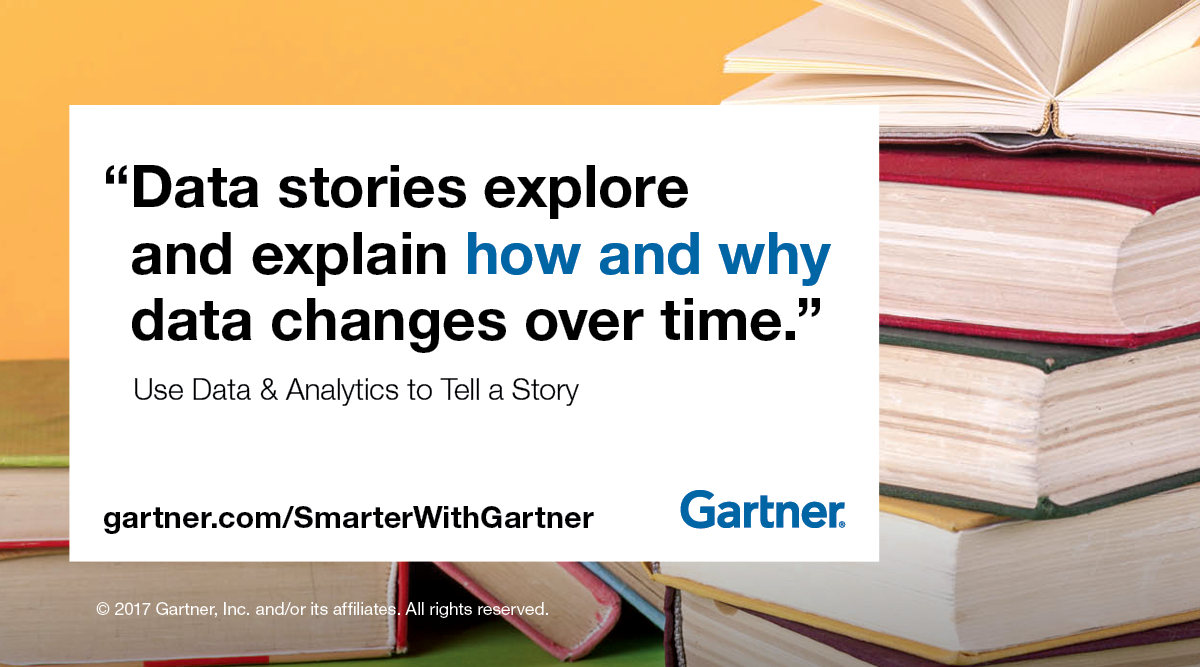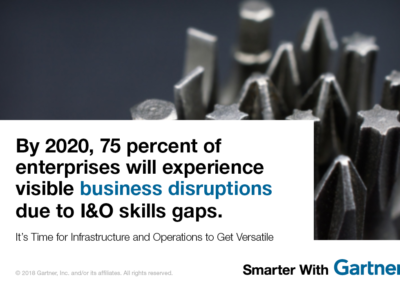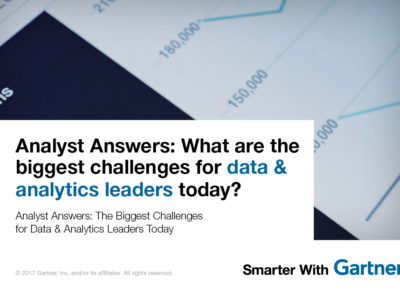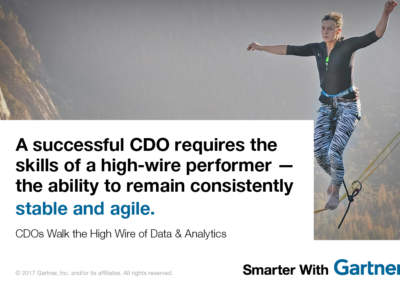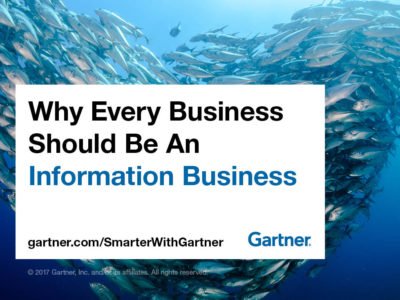A time-oriented narrative arc relates directly to the priorities of decision makers.
You’re a government official in the biggest city in the world. On August 31, a major outbreak of a fatal disease begins in the city. Over the next three days, 127 people in or near the immediate area die. In the next week, even as reports of new cases are falling, 75 percent of residents flee the area.
At a council meeting on September 7, a maverick medical doctor arrives and presents his untested view that the cause of the illness is a contaminated water supply. He bases his view on legwork — primary research gathered talking to local people.
Officials are divided on what to do. Close off the water supply? Assume the infection is ending naturally? Or something else?
This is a data story. It’s a true story of the London cholera outbreak of 1854, and how Dr. John Snow convinced the city council to take action based on the data story he told them. It contains data points on time, location, volume, trend, significance and proportion. It uses empathy, and it has a plot and a hero. It ends with a question and some options.
During his session at the Gartner Data & Analytics Summit this week in Grapevine, Texas, James Richardson, research director at Gartner, explained what data storytelling is, and why it matters in a digital, data-abundant world.

“The ways in which organizations deliver business analytics insights are evolving, notably in the rising use of what is called data storytelling,” said Mr. Richardson. “This trend is an extension of the now-dominant self-service model of business intelligence (BI), combining explorative data visualization with narrative techniques to deliver insights in a way that engages decision makers in a compelling and easily embraced form.”
Data stories explore and explain how and why data changes over time, usually through a series of linked visualizations. While visualization is almost always a key element in data stories, the two are distinct. Data stories should always link data and time (or events) through a narrative flow. By contrast, many visualization forms show data at only one point in time.
Self-service BI and analytics platform users now have access to a range of capabilities to help them create compelling data stories. They use an array of data visualization forms, ranging from chart types (bar/column, line/area, pie) to geographic mapping, and more varied and sophisticated charts (such as heat maps and candlestick charts). Arranged into a time or conceptual sequence, these visualizations can help reveal findings, trends or underlying patterns.
By debating a data story collaboratively and subjecting it to critical thinking, organizations can make the story safe and useful in the decision-making process.
“Data stories combine visualizations with narrative flow. This combination can breach the barriers between people and data, engaging the former and delving deeper into the latter,” said Mr. Richardson. “The goal of data storytelling is to encourage and energize critical thinking in exploring data insights for business decisions.”
Some data narratives may be unreliable
In some cases, the use of data storytelling can mask bias and errors, undermining business benefits. The availability and ease of use of storytelling tools and techniques means that some users may be stringing together visuals into a story without understanding how to tell the narrative well, or how they may be biased in their interpretation of the data shown.
“All human storytellers bring their subjectivity to their narratives. All have bias, and possibly error. Acknowledging and defusing the danger of bias is a vital part of successfully using data stories. By debating a data story collaboratively and subjecting it to critical thinking, organizations can make the story safe and useful in the decision-making process. This discussion itself can help engage people with data and the story it’s really telling,” said Mr. Richardson.
Follow news and updates from the conference on Twitter at #GartnerDA.
Get Smarter
Data and Analytics Hub
Visit Gartner’s Data & Analytics Hub for complimentary research and webinars.
Client Research
Gartner clients can learn more in “Beyond BI Reporting: Engaging Decision Makers Through Data Storytelling.”
Gartner Data & Analytics Summit
Gartner’s global series of Data & Analytics Summits continues March 20-22 in London, May 23-24 in Tokyo, June 6-7 in Mumbai and June 20-21 in Sao Paulo, Brazil.

